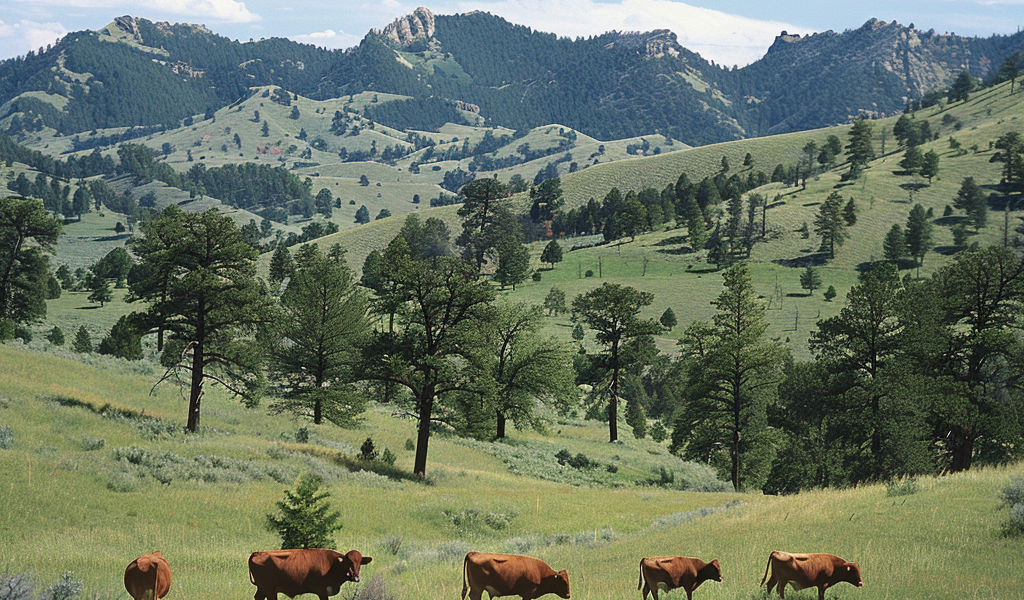Understanding cattle grazing personalities may foster sustainable rangelands
Not all cattle are the same when it comes to grazing. Some like to wander while others prefer to stay close to water and rest areas. Recognizing those personality differences could help ranchers select herds that best meet grazing needs on rangelands, leading to better animal health and environmental conditions, according to a new paper from the University of California, Davis, published in the journal Applied Animal Behaviour Science.
Lead author Maggie Creamer, who recently earned her Ph.D. in animal behavior at UC Davis, emphasized that cattle can be beneficial for the rangelands as vegetation in rangelands need disturbances like grazing. Ranchers can add elements to the rangeland such as water, mineral supplements, and fencing to influence where cattle graze, but little research has been done on how those efforts affect individual cows.
Livestock graze on an estimated 56 million acres in California, and healthy rangelands host native vegetation and animals, foster nutrient cycling, and support carbon sequestration. Uneven grazing can degrade water quality, soil health, and habitats. Optimizing grazing can improve the ecosystem while also reducing fuel loads for wildfires.
To better understand individual grazing patterns, researchers went to the UC Sierra Foothill Research and Extension Center in Browns Valley and tracked 50 pregnant Angus and Hereford beef cows fitted with GPS collars. The cattle, which were tracked from June to August over two years, had access to 625 acres of grasslands and treed areas ranging in elevation from 600 to 2,028 feet. In the second year, a new watering site was added at a higher elevation.
Across the two years, the cows showed consistent and distinct grazing patterns even when water sources changed. Age and stage of pregnancy did not affect patterns, though cattle tended to clump near water and rest sites on hotter days. The cows that ventured into higher elevations and farther from watering sites had more variability in their grazing patterns than those that stayed at lower elevations near water. That suggests it may be harder for them to find enough to eat in those areas.
Understanding these grazing patterns and preferences can help ranchers make informed decisions about managing their herds, ultimately contributing to sustainable rangeland management and the well-being of both the animals and the environment.





